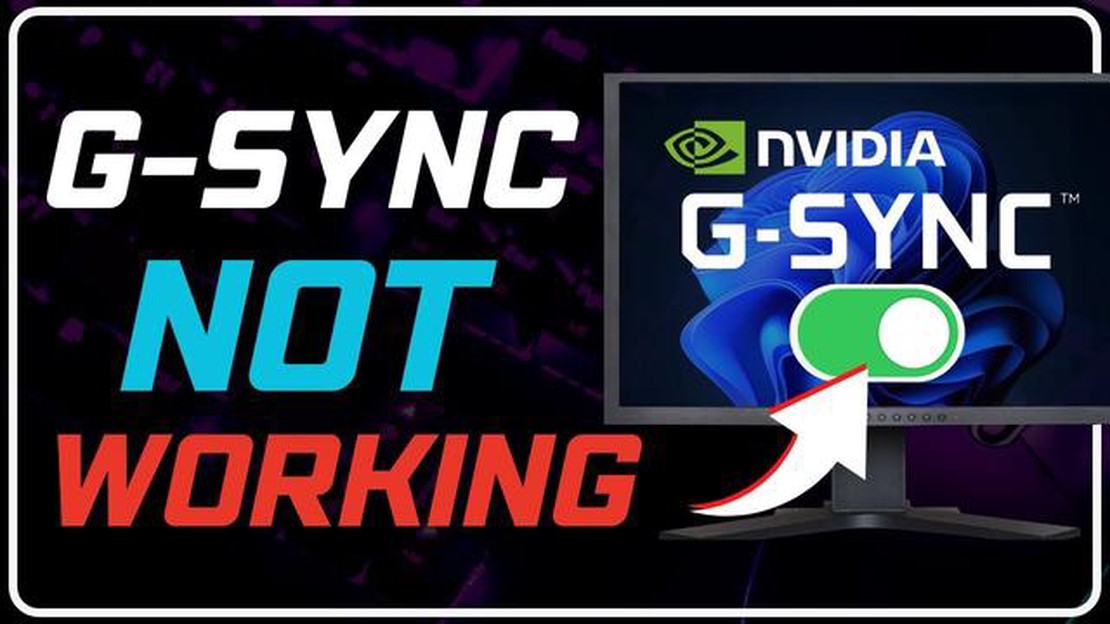Why do online poker players love playing with kiwi?
Kiwis love online pokies. Online poker players are always looking for new ways to diversify their gameplay and increase their chances of winning. One …
Read Article
If you are a Windows 10 user and have encountered an issue where Gsync is not working on your computer with an Nvidia graphics card, don’t despair - you have a few ways to troubleshoot this issue. Gsync is a technology for synchronizing the refresh rate of your monitor and graphics card, which allows you to get a smoother display when playing games or working with graphics.
However, sometimes Gsync can stop working on Windows 10. This can happen for a variety of reasons, including driver incompatibility, incorrect settings, or problems with operating system updates. In this article, we will look at 10 ways to troubleshoot Gsync on Windows 10 that will help you get it working again and enjoy flawless picture quality.
By following these tips, you have a good chance to fix Gsync issue on Windows 10 and enjoy a smooth and quality display on your screen again.
Gsync not working properly on Windows 10 operating system can cause unpleasant problems for users. But don’t worry, there are several ways to troubleshoot these issues and get Gsync back to working condition.
Don’t be discouraged if Gsync doesn’t work on your Windows 10 computer. With the above-mentioned methods, you can probably resolve these issues and enjoy Gsync working flawlessly on your system.
The problem may be driver related. Make sure you have the latest version of drivers for your Nvidia graphics card installed. Also check if your monitor supports Gsync and if it is properly connected to your computer.
This could be due to the game’s settings. Make sure that Gsync is enabled in the game settings. Also, check if there are any conflicting programs or utilities that may affect the way Gsync works in a particular game. If the problem persists, try contacting the game developers or the Nvidia community forums for further assistance.
Kiwis love online pokies. Online poker players are always looking for new ways to diversify their gameplay and increase their chances of winning. One …
Read ArticleGalaxy S20 Cannot Send Text Messages (Quick Fixes) Having trouble sending text messages on your Samsung Galaxy S20? Don’t worry, you’re not alone. …
Read ArticleResolving Samsung Galaxy S5 Email Sync and Account Configuration Problems (Part 1) If you own a Samsung Galaxy S5 and are experiencing issues with …
Read ArticleGoogle Project Fi vs T-Mobile Unlimited Data Plan When it comes to choosing a mobile phone plan, there are countless options to consider. Two popular …
Read ArticleThe 10 best crosshairs for csgo used by professionals (2023) Counter-Strike: Global Offensive (CSGO) is one of the most popular games in the genre of …
Read ArticleHow to Install GOG Games on Steam Deck Are you a fan of GOG games and just got your hands on a Steam Deck? Good news! You can easily install and play …
Read Article